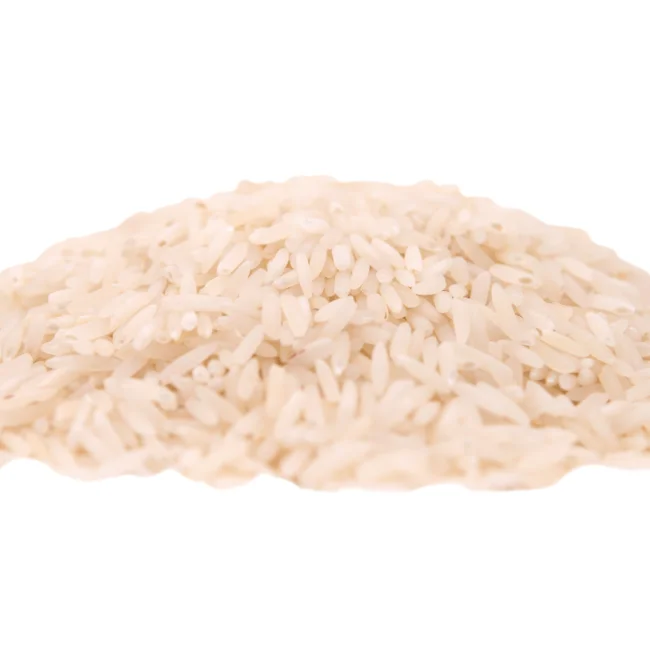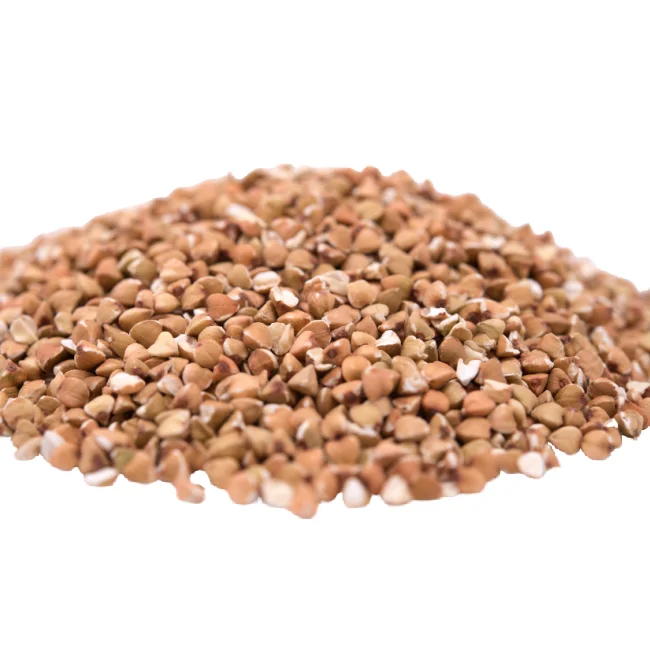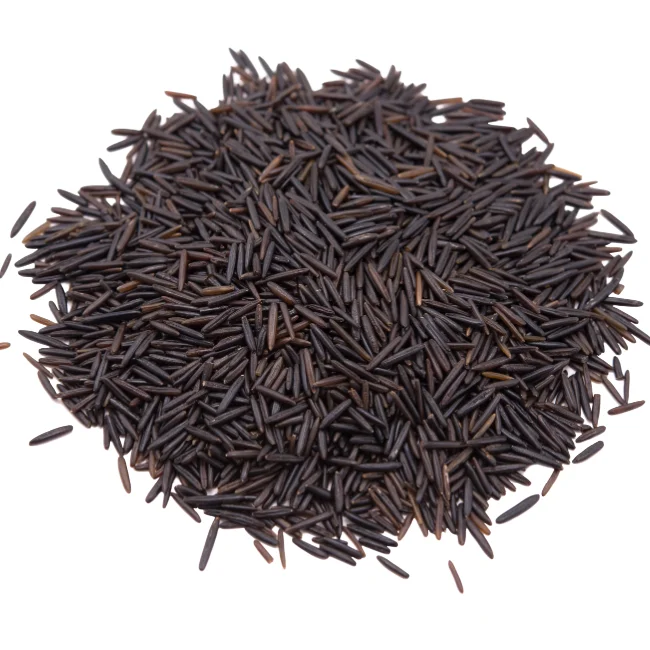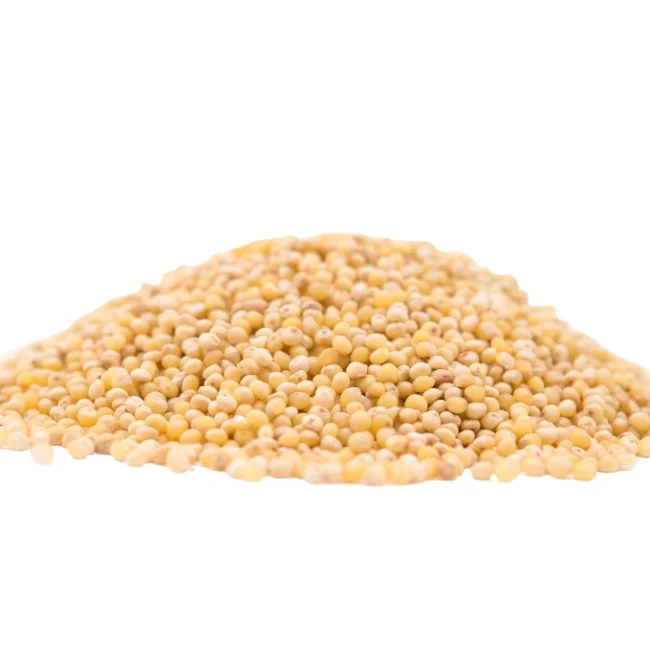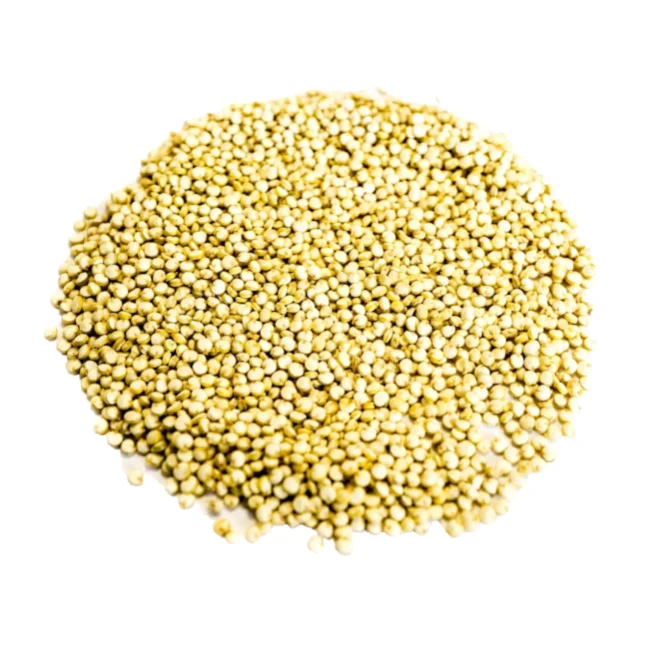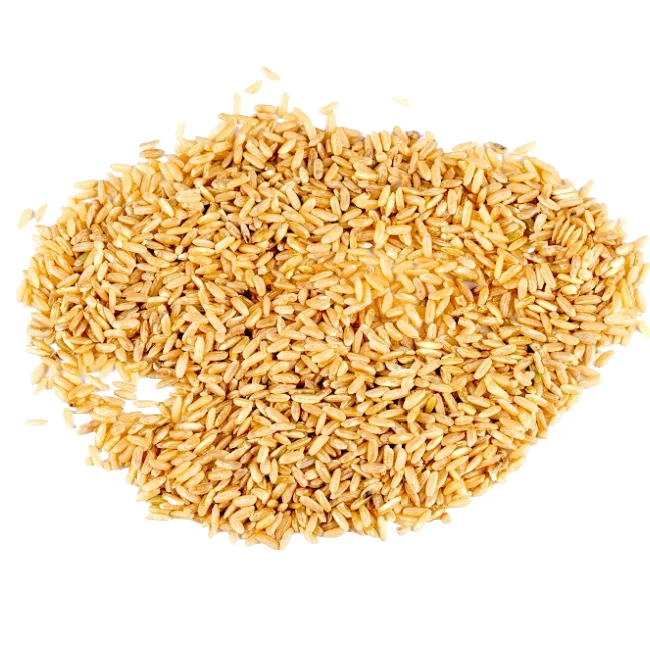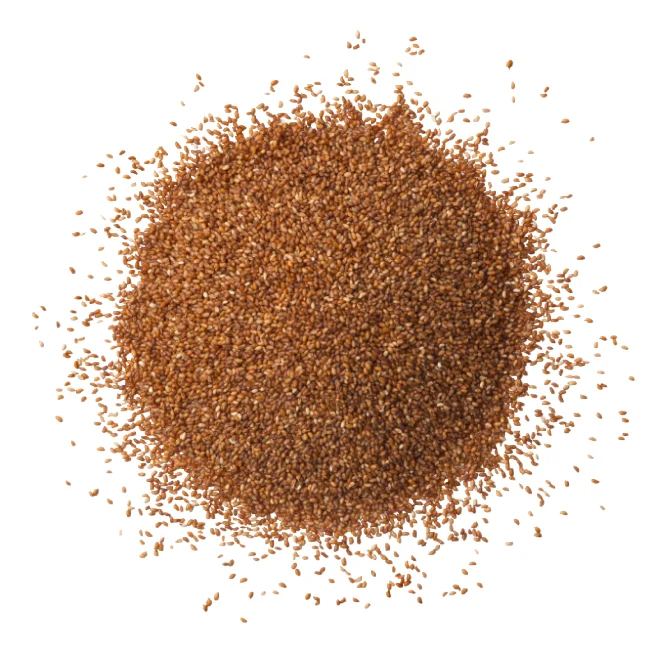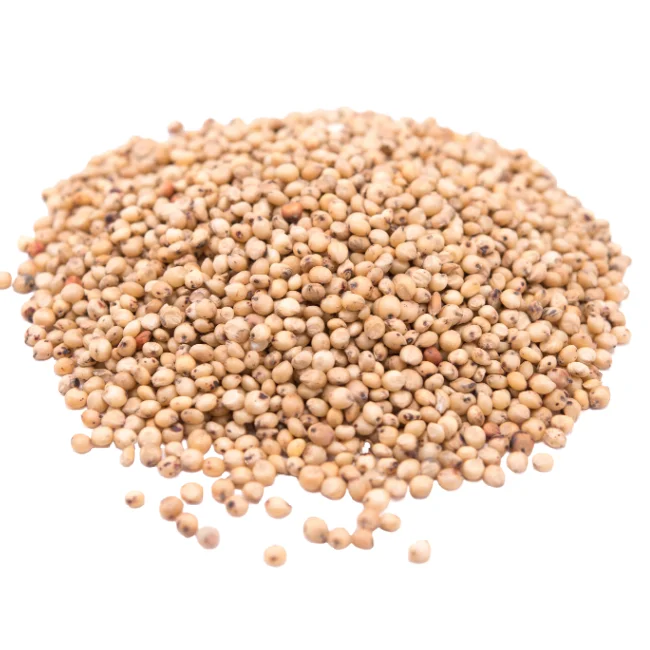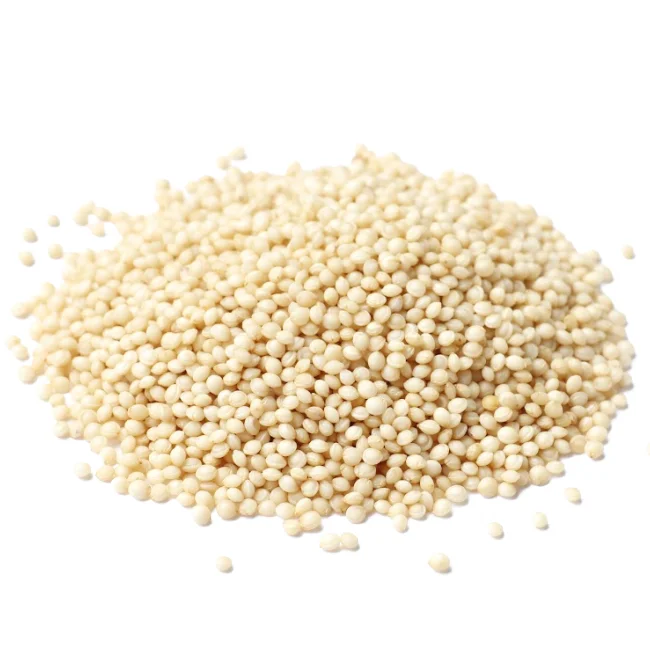Ancient Grains

Product categories
Top rated products
-
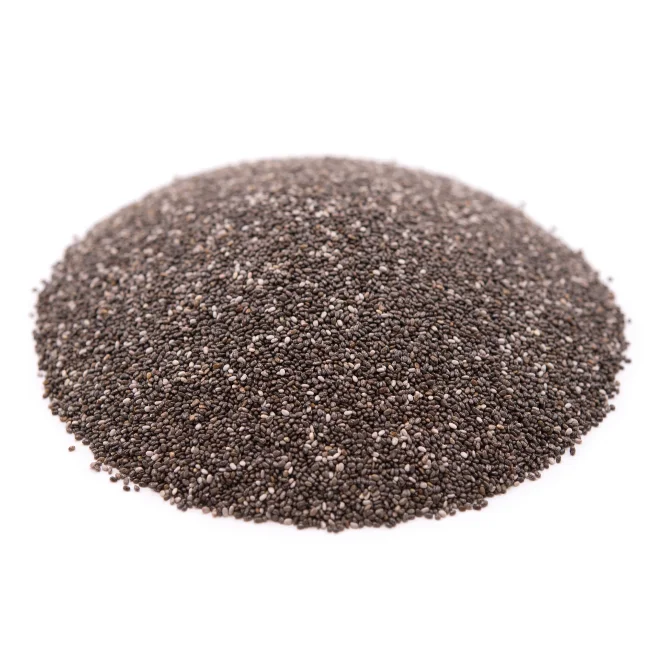 Raw Premium Grade Black Chia Seeds, Resealable Bag
5.00 out of 5$12.99 – $34.18 — available on subscription
Raw Premium Grade Black Chia Seeds, Resealable Bag
5.00 out of 5$12.99 – $34.18 — available on subscription -
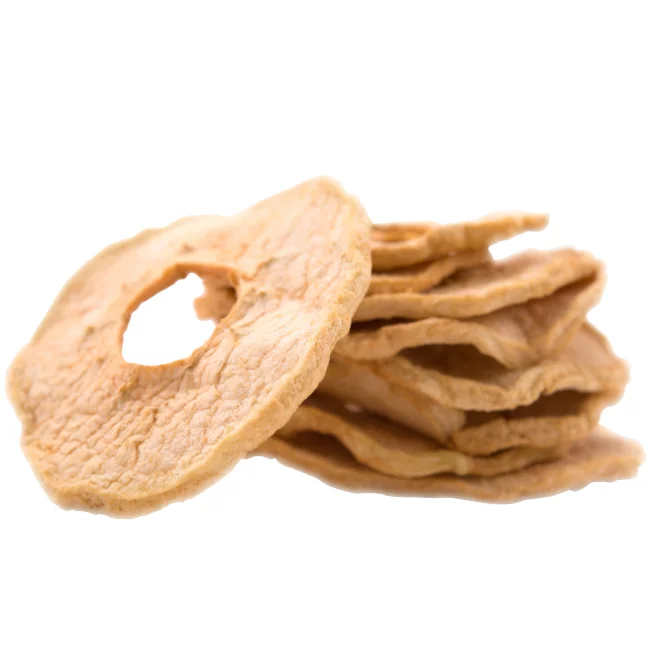 Dried Premium Grade New England Apple Slices, No added Sugar, Resealable Bag
5.00 out of 5$30.99 – $54.99 — available on subscription
Dried Premium Grade New England Apple Slices, No added Sugar, Resealable Bag
5.00 out of 5$30.99 – $54.99 — available on subscription -
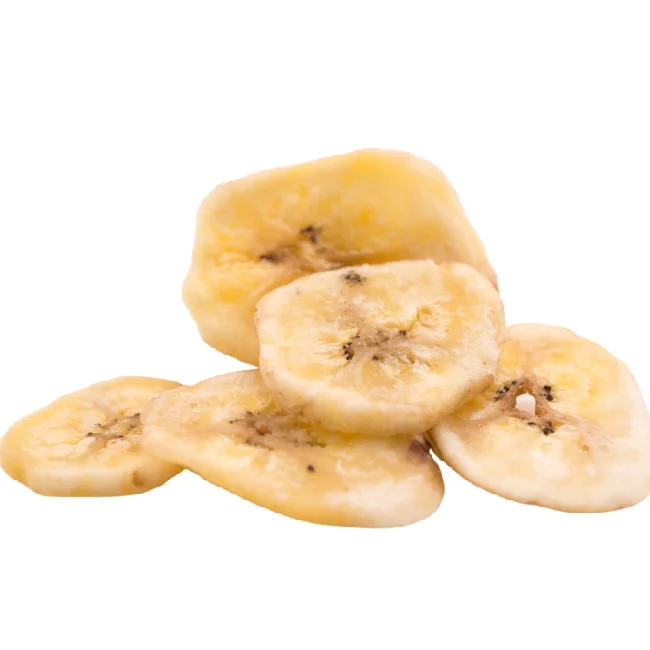 Sweetened Premium Grade Banana Chips, Resealable Bag
5.00 out of 5$11.49 – $36.08 — available on subscription
Sweetened Premium Grade Banana Chips, Resealable Bag
5.00 out of 5$11.49 – $36.08 — available on subscription -
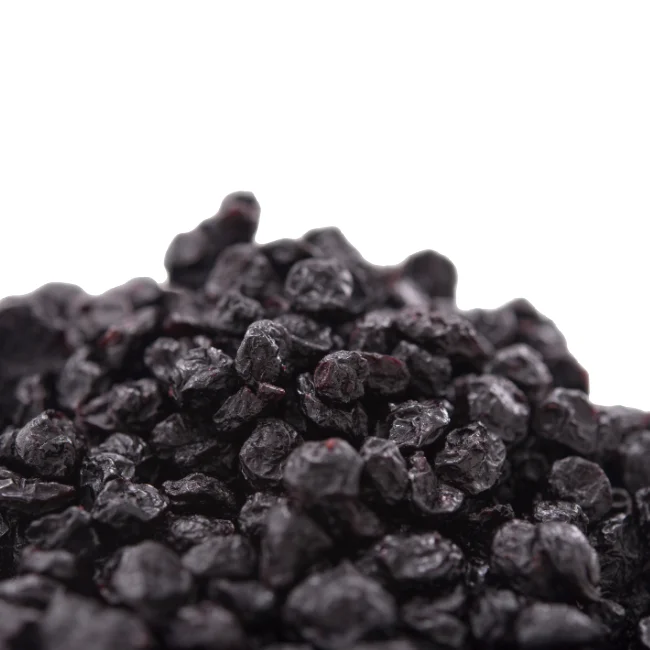 Dried Premium USA Grade Cape Cod Blueberries, Sweetened, Resealable Bag
5.00 out of 5$16.99 – $56.99 — available on subscription
Dried Premium USA Grade Cape Cod Blueberries, Sweetened, Resealable Bag
5.00 out of 5$16.99 – $56.99 — available on subscription -
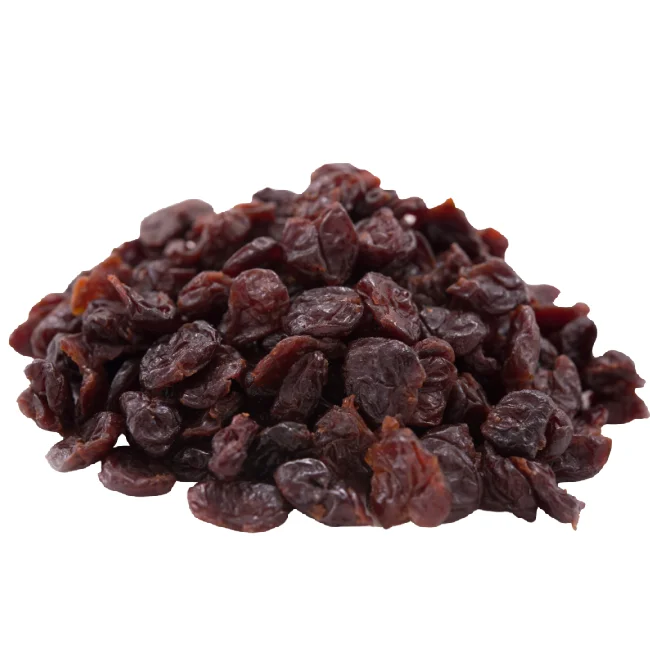 Dried Sweetened Premium USA Grade Cherries, Resealable Bag
5.00 out of 5$16.99 – $56.99 — available on subscription
Dried Sweetened Premium USA Grade Cherries, Resealable Bag
5.00 out of 5$16.99 – $56.99 — available on subscription
Gerbs Ancient Grains
Gerbs offers 9 Allergy Friendly Ancient Grains: White Sorghum Grain, Red Sorghum, Royal White Quinoa Grain, Millet Grain, Amaranth Grain, Buckwheat Grain, Teff Grain, Red Quinoa, Black Quinoa.
SORGHUM GRAIN
Increased prevalence and diagnosis of Celiac Disease have led to strong growth in the gluten-free market, of which sorghum is a key component. While 40,000 to 60,000 Americans have been diagnosed as Celiac, the federal government estimates there could be as many as 3 million undiagnosed. A gluten-free diet incorporating sorghum also has been adopted by many with autism, ADHD and irritable bowel syndrome, although research in this area is limited. But being gluten-free isn’t sorghum’s only bragging right. It’s also a whole grain that provides many other nutritional benefits. Sorghum, which doesn’t have an inedible hull like some other grains, is commonly eaten with all its outer layers, thereby retaining the majority of its nutrients. Sorghum also is grown from traditional hybrid seeds and does not contain traits gained through biotechnology, making it nontransgenic (non-GMO).
ROYAL WHITE QUINOA GRAIN
High in fiber, Quinoa is a grain crop that is grown for its edible seeds. It is pronounced KEEN-wah. It technically isn’t a cereal grain, but a pseudo-cereal. In other words, it is basically a “seed” which is prepared and eaten similarly to a grain. Quinoa was an important crop for the Inca Empire. They referred to it as the “mother of all grains” and believed it to be sacred. It has been consumed for thousands of years in South America, although it only became trendy and reached “superfood status” a few years ago. NASA scientists have been looking at it as a suitable crop to be grown in outer space, mostly based on its high nutrient content, ease of use and how easy it is to grow!
MILLET GRAIN
This tiny “grain” is gluten-free and packed with vitamins and minerals. In fact, while it’s often called a grain because of it’s grain-like consistency, millet is actually a seed. It’s also used in birdseed mixture, but if you think it’s just for the birds, you’re missing out on important benefits of millet nutrition for yourself! Millet provides Serotonin to calm and soothe your moods, helps hydrate your colon to keep you regular, is alkaline and digests easily.
AMARANTH GRAIN
Gluten-free, cooking Amaranth is comparable to cooking pasta or rice: boil plenty of water (six cups of water per one cup of Amaranth), measure the grain into it, cook and stir for 15 to 20 minutes, drain, rinse, and eat. Amaranth can be used as an exceptional thickener for sauces, soups, stews, and even jellies. Eaten as a snack, Amaranth can have a light, nutty, or peppery-crunchy texture and flavor. Best of all, Amaranth is even more nutritious than its true-grain counterparts. Amaranth is a great source of lysine, an important amino acid with protein content comparable to that of milk, more easily digested; neither can be said of other grains. To support this positive aspect of Amaranth, it also contains primary proteins called albumin and globulins, which, in comparison with the prolamins in wheat, are more soluble and digestible.
BUCKWHEAT GRAIN
Buckwheat belongs to a group of foods commonly called pseudocereals. Pseudocereals are seeds that are consumed in the same way as cereal grains, but do not grow on grasses. Other common pseudocereals include quinoa and amaranth. Despite its name, buckwheat is not related to wheat, and is therefore gluten-free. Buckwheat is processed into groats, flour and noodles, or used in buckwheat tea. The groats can be used in much the same way as rice. They are the main ingredient in many traditional European and Asian dishes.
TEFF GRAIN
Teff, which is grown in Ethiopia and used to make Injera (the sourdough flatbread), is a small grain with a long list of health benefits. Along with being gluten-free, high in iron and super tasty, teff has also recently been called out as being Hollywood’s new superfood and the new quinoa. Gwyneth Palrow and Victoria Beckham are both fans of teff and the grain’s multiple uses, according to the Daily Mail. According to the Dr. Oz Show, teff is also known to reduce PMS symptoms and help you lose weight, and Lee says it’s ideal for vegetarians looking for sources of protein.
Health Benefits of Grains
Research shows that eating ancient grains have been a part of our diet for thousands of years. They are associated with many health-related benefits including reducing the risk of heart disease, reduce the risk of stroke, weight maintenance, reduce the risk of diabetes and lower the risk of inflammation.
Here are some of the super healthy benefits of eating ancient grains.
Reduce Risk of Heart Disease
Various studies show that adding grains to your daily diet reduces the chances of the risk of heart disease, and this is considered one of the major and biggest benefits of eating grains.
Reduce Risk of Stroke
When you add grains to your healthy diet plan, it reduces the chances of risk of stroke. One study shows that people who consume grains daily have lower chances of risk of stroke than those who consume very less.
Weight Maintenance
As a part of a healthy diet plan, grains are a super-rich source of fiber and are linked with a lower risk of obesity. So if you are on a weight loss program adding grains to your daily diet plan may help you keep your weight in check.
Reduce Risk of Diabetes
Grains are considered a rich source of fiber and magnesium which help you lower the chances of the risk of your type-2 diabetes. If you are type 2 diabetes patients make grains a part of your healthy diet plan to lower the chances of the risk of diabetes.

Gerbs Allergy Friendly Foods
(401) 231.5181
eMAIL US
Gerbs Pumpkin Seeds Co. Inc. ® Registered in U.S. Patent Trademark Office

Note: If you are using a screen reader and need assistance using our website, please call 1-401-231-5181. We are available Monday-Friday 8am-4pm EST.

**does not include Return Shipments. In the event your package is lost, damaged, stolen please contact the shipper, provide your tracking number and inform them to not leave packages at a front door and/or mail box. Lost orders over $99 will require a police report.

